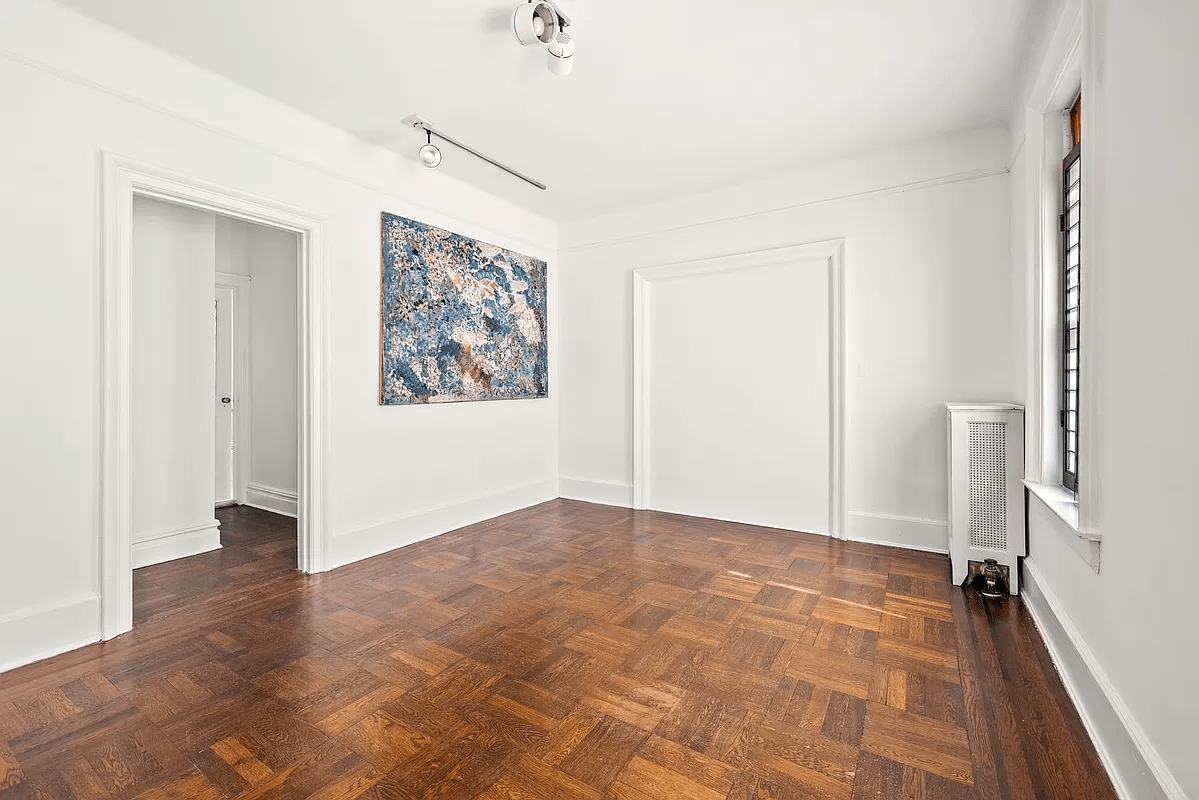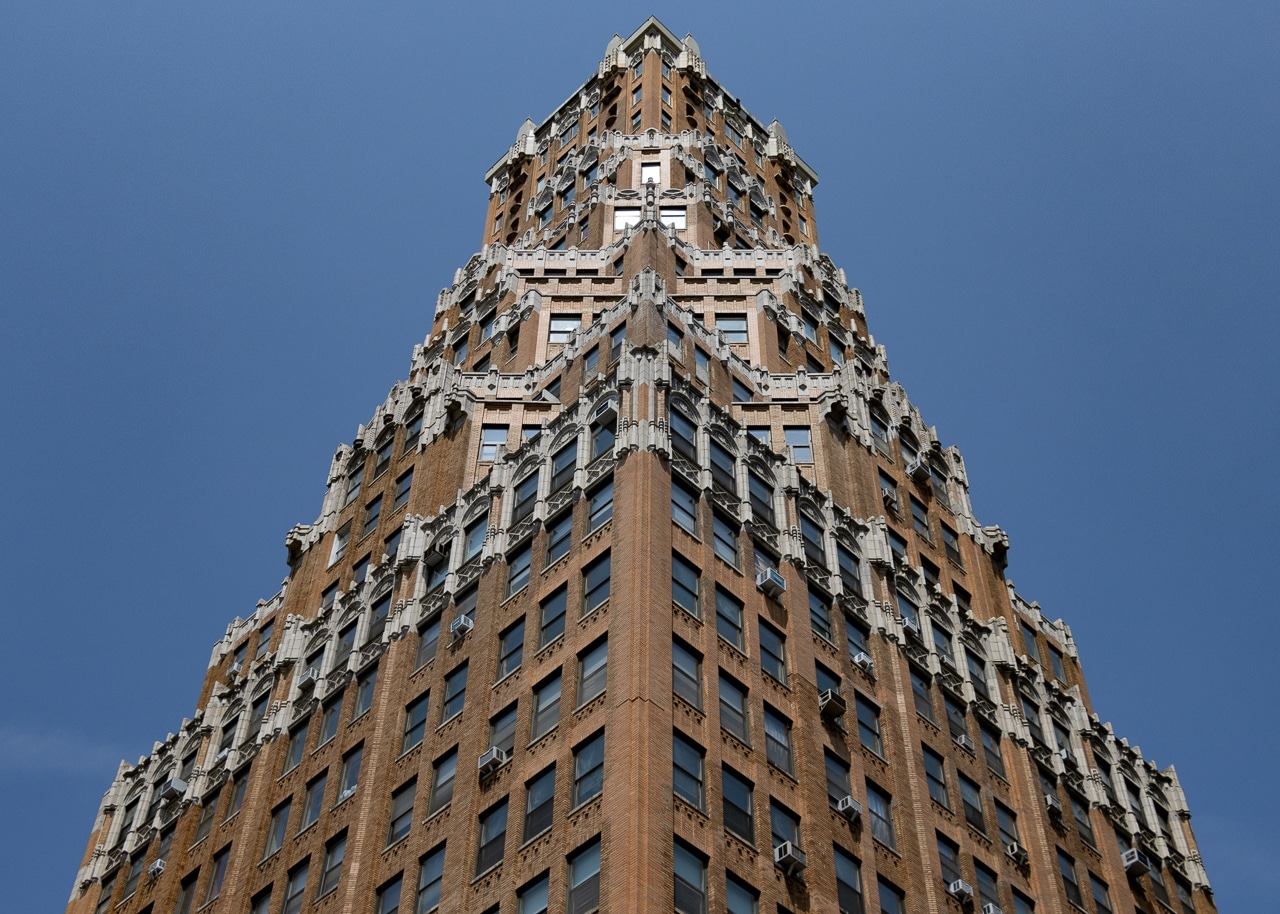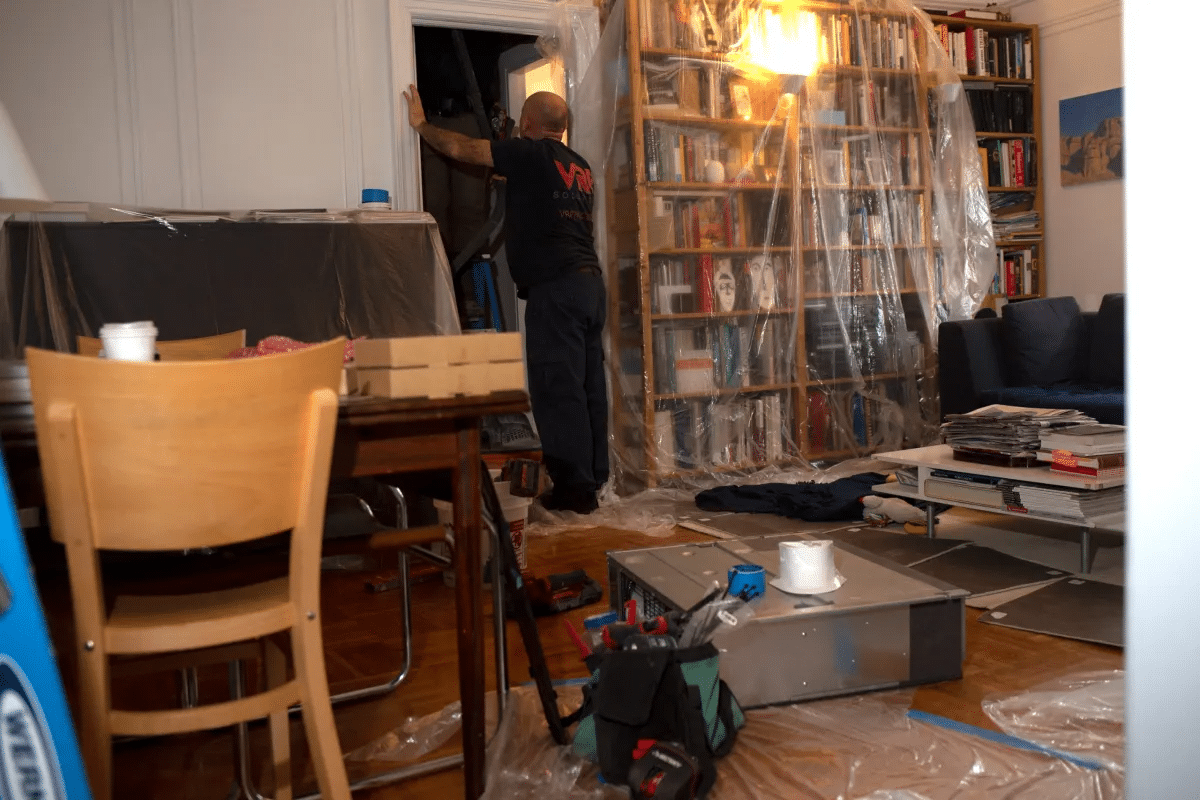Walkabout: White Rats, Polly Parrot, and the Brooklyn Prairie Schooner Ride
David MacFayden was a song and dance man. Matthew MacFadyen played Mr. Darcy. They are not even remotely the same man, but a certain search engine has a hard time making the distinction. That has nothing really to do with this story other than to mention Mr. Darcy, who no doubt, would never otherwise come…

David MacFayden was a song and dance man. Matthew MacFadyen played Mr. Darcy. They are not even remotely the same man, but a certain search engine has a hard time making the distinction. That has nothing really to do with this story other than to mention Mr. Darcy, who no doubt, would never otherwise come up in a story about Brooklyn. This story is about David MacFayden, his wife, and their adventures crossing the great continent of North America in a wagon, for love and a song.
David MacFayden married Clara Viola Koehler in the spring of 1911. Her father, Dr. Joseph J. Koehler was a prominent physician who lived at 204 Jefferson Avenue in the fashionable Bedford district. The good doctor loved his daughter dearly, but was less than pleased that his new son-in-law was a common song and dance man who made his living singing songs on any stage that would book him.
MacFayden was a vaudevillian, one of the thousands of performers who made a living appearing in variety shows all across the country. MacFayden was primarily a singer, a crooner who was best known for his renditions of popular love songs. Most of his repertoire seemed to consist of peppy, witty little songs, light hearted fare that charmed the girls and offended no one. It certainly worked in his case, and although his capture of Miss Koehler probably greatly offended her father.
Like many vaudevillians of his day, David MacFayden was also a White Rat. The White Rats were a trade union for vaudeville players. They formed in 1900 in New York City to counter the abysmal hiring and employment practices of most of the major vaudeville houses and their booking agencies. Specifically, they organized against the United Booking Office (UBO) and the Vaudeville Managers Association (VMA), both of which had conspired to keep vaudeville players’ wages low, and control where they worked.
Vaudeville was the most popular entertainment of the day. Brooklyn alone had hundreds of vaudeville theaters. Just about every neighborhood had four or five, sometimes more. They were large and small theaters where one could spend a day or evenings watching all kinds of acts perform on the big stage. There were comedians, singers, dancers, actors, jugglers, animal acts, minstrel shows, circus performers, opera singers, and scenes from popular plays. You name it, someone probably did it. The greats went on to become big stars and featured attractions, the rest of them eked out a living. It wasn’t an easy life, especially if you had a family that was not in the business.
For many years, the VMA, which booked acts into theaters all across the country, demanded a five percent kickback from every act for booking them, on top of their standard fee. They were very powerful and could blackball you from the best theaters if you offended them. The performers had enough of this abuse of power, and in 1901, the White Rats staged a strike. After two weeks, the VMA backed down, and dropped the kickback. Everyone went back to work, and more artists signed long-term contracts with the VMA. The White Rats may have won the battle, but the war was yet to come.
David MacFayden was not a star performer. He was probably somewhere in the upper middle tier, employable, with a decent following, and good enough that he introduced and made popular several hit songs, which were immortalized in sheet music with his picture on it. Unfortunately, although this sheet music exists, the scans of it are not for public viewing on line, unless you commit to buying the music. Newspaper reports say that he was tall and thin, over six feet tall. His wife Clara was a tiny thing, at 4’ 10″.
In 1911, as a publicity stunt and honeymoon, he and Clara announced that they were going to go cross country from Brooklyn to San Francisco in a covered wagon, a “prairie schooner,” like the pioneers of old. They were having a wagon built for the trip, and Clara would drive the wagon and two horses, and David would walk every inch of the entire trip. They were going to travel light, which only enough supplies to last a couple of weeks.
In the wagon would be a piano, and David planned on stopping at various venues, or even the side of the road, and entertain the crowds. He would sing and dance, accompanied by Clara on the piano. The money they made would buy supplies and food for their journey. They would also sell sheet music, post cards and sell the official photographs they had taken of themselves and their rig. Their wagon was outfitted with the piano, a small stove, supplies and clothing, a bed, a kitchen cabinet, two chairs, a parrot named Polly and a dog.
They closed up their apartment on Wilson Street, in the Eastern District, and began their journey in Coney Island, of course. Dr. Koehler had tried to talk his daughter out of the trip, but she too was eager for this great adventure with her talented new husband. They set out on Monday, April 3rd, 1911, from Stauch’s Restaurant and Dance Hall. At the time it had one of the biggest dance floors on Coney Island, and the restaurant was a famous dining spot for upper class diners. The large limestone building was a perfect place to kick off the cross-country tour.
Louis Stauch’s dance establishment had a large house band, and they headed the caravan out of Coney Island, with Barney Knoblock, the master of ceremonies at Stauch’s, at the head of the parade, riding on a donkey. The couple left the parade and headed north, crossing the Brooklyn Bridge, and heading across Chambers Street. They headed north, passing through Yonkers, where they were treated to a fine dinner by the city, before setting out again. On April 13th, ten days after starting out, they reached Hudson, NY.
The good folk of Hudson were treated to the sight of a Conestoga wagon rolling down Warren Street, something not seen in generations. One of the horses was pulling lame, so the MacFayden’s had to stop for the day while the horse was treated. They treated the crowd with David singing a couple of popular songs while Clara played the piano.
The Hudson newspaper reported that the couple set out again the next day, planning on going north to Albany and Troy, and then west, to Buffalo, where they would exchange the horses for mules for their journey across the plains. From there, they would follow the path of the New York Central train to Chicago. From Chicago, they would take the best roads possible, ending their trip in San Francisco.
As their trip continued, David and Clara gave interviews to the press in the cities and towns they passed through. He was tired of wearing suits, he told one paper, and wanted a reason to “rough it.” He planned on walking the entire trip, and only entered the wagon to sleep or eat. Clara drove the horses the entire trip. She also cooked and accompanied him on the piano. David felt his health would improve by this walk, and looked forward to continuing the journey.
The Auburn, N.Y. paper reported that they passed through that town in fine spirits, still a couple of happy kids on their honeymoon. They both often walked alongside the wagon, leading the horses and holding hands. David told the papers that this experience was for the fun and joy of it, although he did admit that when they came back, tales of their adventure and songs collected along the way would make their way into his act.
Although walking across country is impressive, and a “Prairie Schooner” was roughing it, even by early 20th century standards, the MacFayden’s were not exactly following the arduous paths laid down by the western pioneers. They followed road maps laid out by the Automobile Association of America, and took nice paved roads across the country, for the most part. They made it across the country and arrived in San Francisco on November 9th, 1911.
That’s not to say the journey didn’t have its perils and disasters. Although they planned to buy mules in Buffalo, the papers report that by the time they reached San Francisco, they had gone through twelve horses. At one point along the journey, the axel of the schooner broke, and David walked with it across his shoulders for 42 miles, in order to get it repaired. He had to leave Clara, Polly and the dog alone with the wagon for four days.
The entire trip took seven months and four days. David had walked 3,230 miles. They took over 1,800 photographs along the way, and in each town, they allowed people to sign the canvas wagon covering, which by the end was black with signatures. The couple took a train back to New York, and had the wagon shipped by boat. The trip was a financial success, totally paid for, including the journey, the repairs, the train tickets and shipping, by the sale of postcards, sheet music and the couple’s performances along the way.
The couple arrived back in Brooklyn on January 12, 1912. After settling back in, David MacFayden went back to his vaudeville career with an entirely new act of songs and stories based on their historic trip. He was never a headliner, but made a decent living. He and his wife were living in Manhattan, on West 32nd Street, in 1931. A David MacFayden and wife are mentioned in the Brooklyn papers until the 1950s, but it’s impossible from the context to tell if they are the same people.
In 1916, the White Rats once again went on strike, protesting the continuing poor treatment of their members by the booking agencies and the theaters they appeared in. The managers, led by E.F. Albee of Brooklyn’s Albee Square Theater fame, and the grandfather of playwright Edward Albee, retaliated, and put together a blacklist of all of the known members of the union. The managers controlled almost 15,000 theaters across the country. The White Rats couldn’t make a living, and folded, ending the strike. The White Rats disbanded soon afterwards, their place in the struggle for performer’s rights taken up by Actors Equity and the American Guild of Variety Artists.
But in the history of both unions, how many performers ever walked across the country with a wife, a wagon, a piano, a dog a parrot named Polly, and a song on his lips?
(Postcard of Stauch’s Restaurant, Coney Island from westland.net)










What's Your Take? Leave a Comment